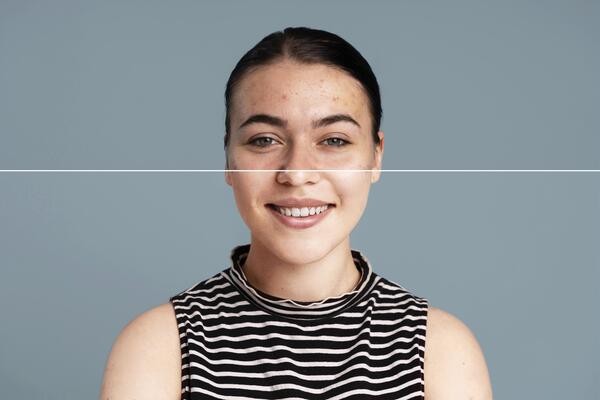
What To Expect During A Hair Transplant?
What is a hair transplant?
It is a medical/surgical process through which a plastic surgeon or a dermatologist places hair in the bald area of the head, usually from the back or side of the head (called the donor site) to the front or top of the head (called the recipient site). It mostly, takes place at a clinic or medical office. Plastic Surgeons and Dermatologists use local anaesthesia on the recipient of a hair transplant. It is also called Follicular Unit Transplantation (FUT). Let us see what we should expect during a hair transplant.
Why a hair transplant takes place?
Hair transplants take place to treat male pattern baldness. It is a minimally invasive procedure where balding-resistant grafts containing hair follicles are transplanted to the bald scalp. Hair transplant can also be used for the restoration of eyelashes, eyebrows, beard hair, chest hair, and pubic hair. It is instrumental in filling in scars caused by accidents or surgery such as face-lifts and previous hair transplants.
Who benefits from a hair transplant?
Hair Transplants are beneficial for men suffering from male pattern baldness, women who have thinning hair problems and anybody who had lost hair because of burns or scalp injury. A candidate for a hair transplant must be at least 25 years. However, hair transplant is not to be chosen by women with common hair loss patterns through the scalp, people who do not have enough donor sites, people who develop thick, fibrous keloid scars after surgical procedures or injuries and people who have after-effects from medications for example, chemotherapy. Therefore, it is highly essential that you understand what to expect during a hair transplant before you go through with it.
Types of hair transplant
There are two types of hair transplants:
1. Follicular Unit Hair Transplants (FUT) also called as Strip Method and,
2. Follicular Unit Extraction (FUE).
In both methods, follicular transplant takes place by extracting hair from the donor site and transplanting it in the recipient site but the way in which this process occurs is different in both cases.
Firstly, the surgeon cleans the scalp thoroughly and uses a small needle (with local anaesthesia) to numb an area of the head. FUE is the type of hair transplant where transplantation takes place by taking out individual hair follicles from the donor area and relocating it into the recipient site or area of baldness one by one. It is done by making tiny holes in the recipient site with a blade or needle and placing hair one after another.
FUTs is a type of hair transplant which is done by taking out a strip of hair follicles from the donor site and placing it in the recipient site. In this method, the surgeon uses a scalpel and makes an incision of seven inches long by cutting out a strip of scalp skin from the back of the head. Then, the surgeon uses a sharp surgical knife and magnifying lens to separate the removed portion of the scalp into small sections. It is then closed with stitches. Once these sections are implanted, it helps in accomplishing a natural hair growth look. This hair transplant is considered a golden standard as it has higher success rates.
The scalp can be sore after surgery so doctors suggest taking medications after hair transplant surgery, like pain medication, antibiotics to reduce the risk of infection and anti-inflammatory medications to keep swelling down. Thus, it is important to understand the different types of hair transplant options and what to expect during a hair transplant in order to get the best results.
Benefits of Hair Transplant
- It is a permanent solution to balding issues.
- It helps in giving a natural appearance and better looks.
- It is crucial in forming improved self-esteem and sense of self.
- It is not very expensive and costly.
Possible Risks
- Sometimes, it may result in hair transplant failure.
- It can lead to itching, scarring issues and bleeding.
- It may result in scalp swelling, scalp infections and tenderness.
- It can result in eye bruising.
- It can lead to crust formation on the recipient and donor sites.
- A feeling of numbness or lack of sensation in the donor and recipient areas.
- It can lead to a situation of infection of the hair follicles, known as folliculitis.
- It may cause unnatural or bad-looking tufts of hair.
Dr V S Rathore
Dr Rathore is focused on taking care of the well-being of his patients since 2003. He is involved in calculating the procedures required to achieve and meet his patient’s demands carefully and precisely, and give a boost to their self-confidence for more than 18 years. He has successfully performed more than 9000 surgeries and over 2100 hair transplants.
The inspiration for Dr Rathore to become a surgeon was after seeing many patients suffering from various kinds of trauma, who find it very difficult to get surgery. He attended Kolkata Medical College where he pursued his Master of Surgery degree in general surgery and M.Ch. in plastic surgery. Over 5000 patients consulted DR. Rathore due to his dedication and enthusiasm to bolster his patients towards a better quality of life and well-being. Do check out www.drvsrathore.com for more details.







